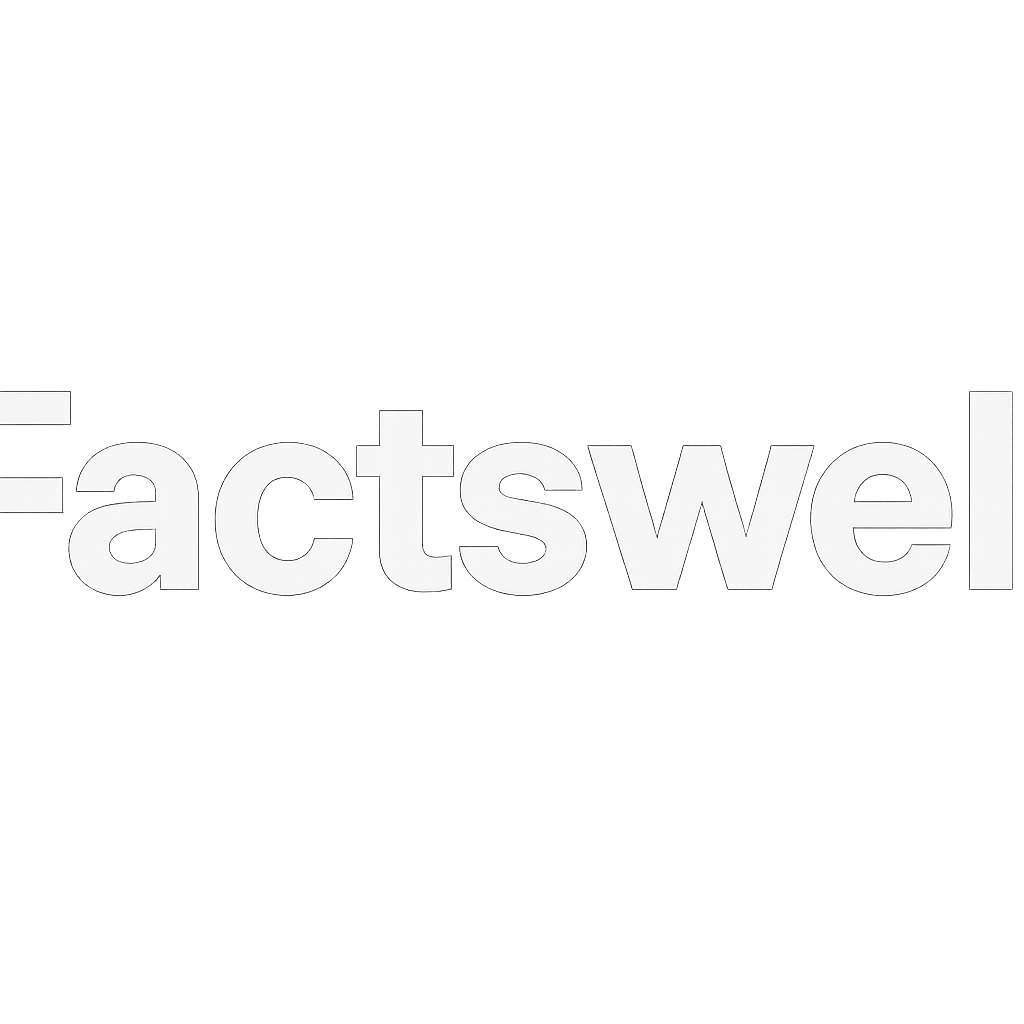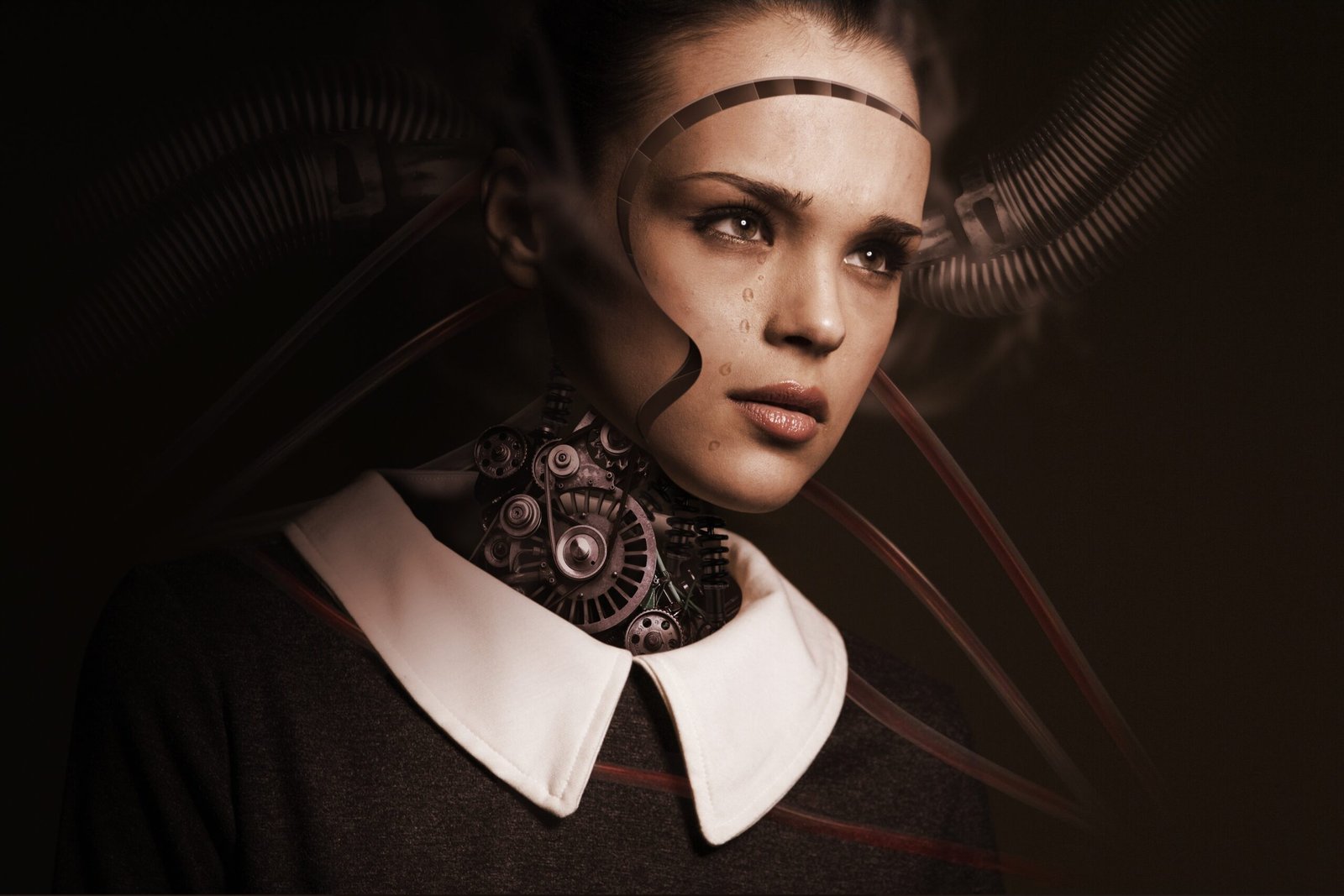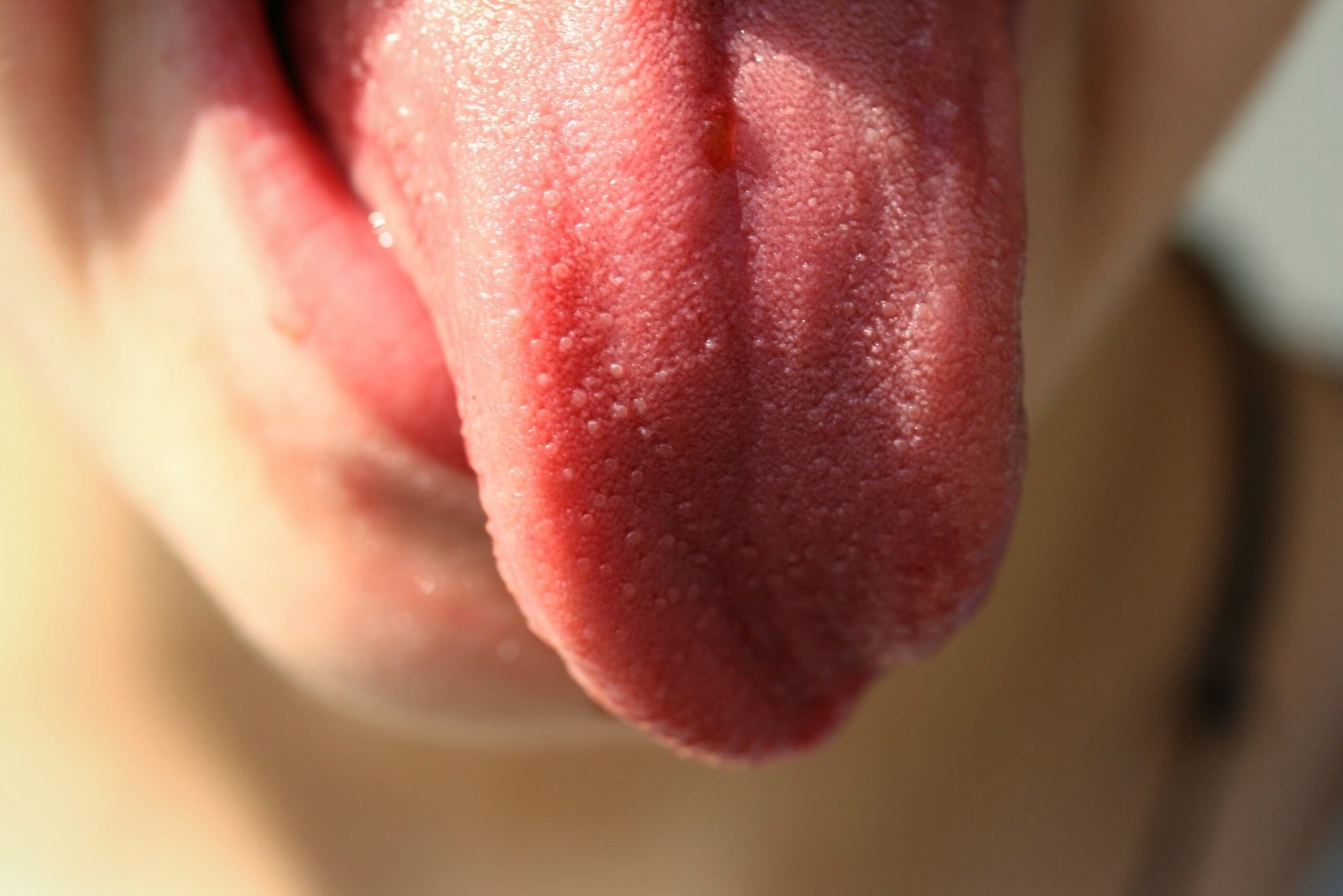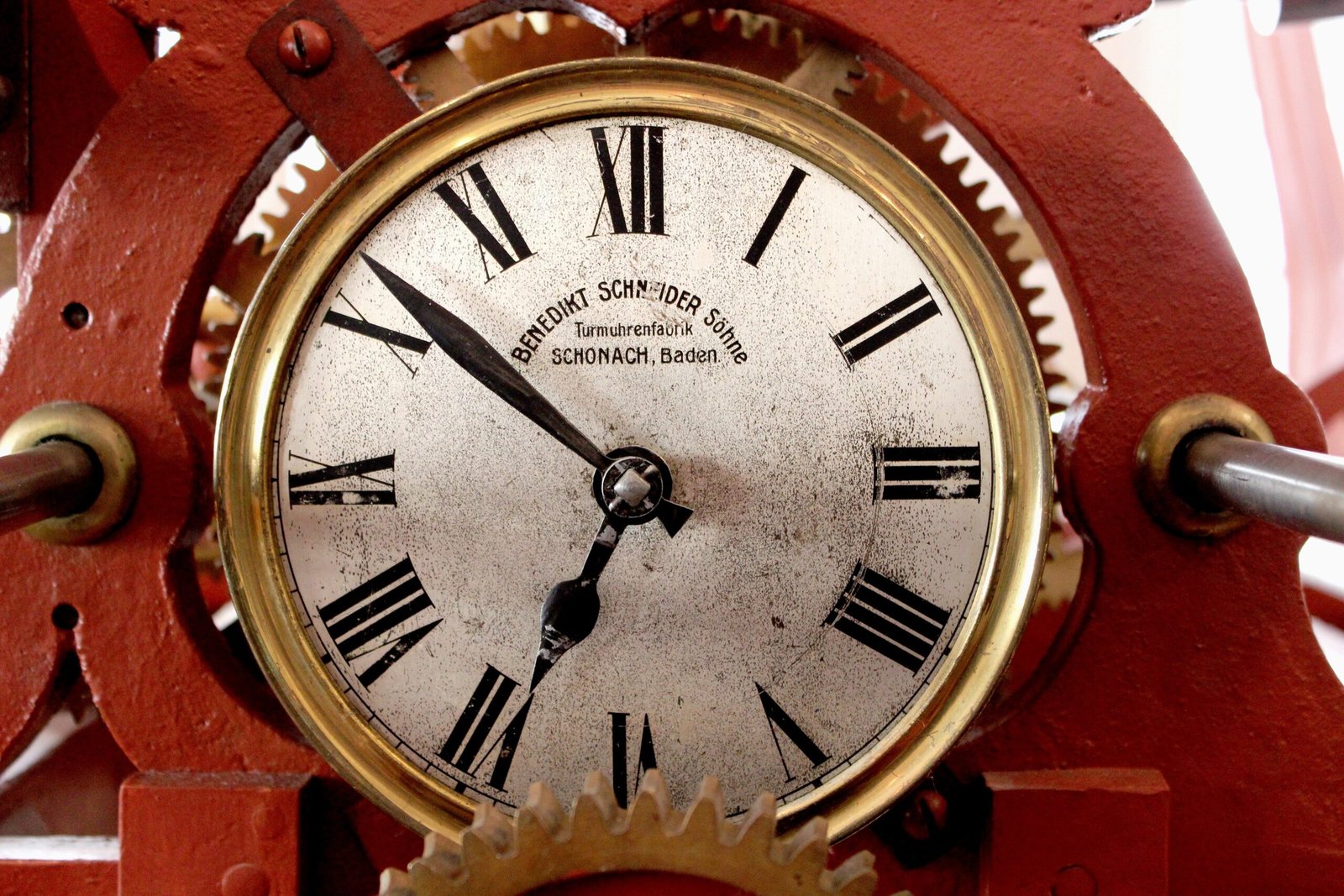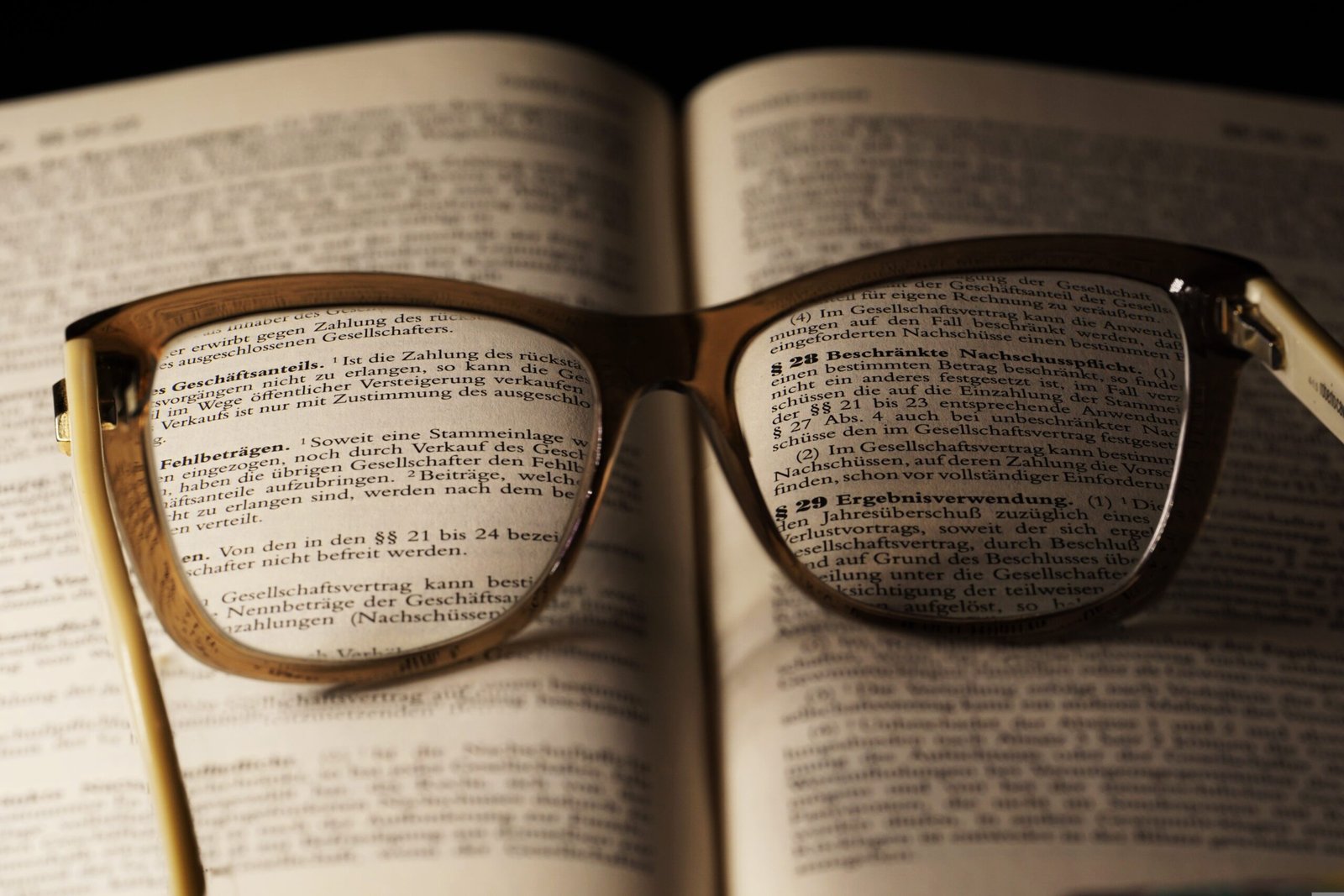Robots are now learning to smell and it is more important than you think. Discover how the first scent-detecting robot is changing everything from medicine to national security.
The First Robot That Can Smell Here is Why That Matters
We have seen robots that can walk, talk, learn, and even recognize faces.
But now, scientists have achieved something almost no one expected:
They have built a robot that can smell.
Yes, smell.
Like detect odors whether it is a dangerous gas leak or the aroma of freshly baked bread.
It might sound like a novelty, but this breakthrough is a giant leap in robotics, with mind-blowing implications for health, safety, environmental monitoring, and even space exploration.
Let’s dive into how this works and why it matters more than you think.
Meet the “Smelling Robot”
In recent years, researchers from Tel Aviv University (Israel), MIT (USA), and other leading institutions have developed bio-hybrid robots capable of scent detection.
One such robot was equipped with a biological olfactory system not just sensors, but actual insect antennae, harvested from locusts or fruit flies. These antennae are wired to the robot’s processing unit, allowing it to detect smells in real-time.
Another variant uses artificial intelligence paired with chemical sensors that mimic how a human nose identifies scent molecules.
The result? A robot that can “smell” chemicals 10,000 times more sensitively than current gas detectors.
How Does It Work?
There are two main approaches:
1. Biohybrid Olfaction
Uses real biological tissue (like insect antennae or mammalian receptors)
Connects to neural processors or electrodes
Translates chemical signals into data
2. Electronic Nose (eNose)
Uses arrays of gas sensors
Combined with machine learning to “learn” smells over time
Can differentiate between complex odor patterns like wine, smoke, or disease markers
These robots don’t just detect scents they analyze and interpret them like a real nose connected to a brain.
Why This Changes Everything
Smelling robots could revolutionize multiple industries. Here’s how:
1. Medical Diagnosis
Some diseases give off specific chemical markers. For example:
Parkinson’s disease can be detected by scent before symptoms appear
Lung or breast cancer releases volatile organic compounds (VOCs) in breath
Robots could sniff out illness in seconds noninvasively
Imagine walking into a clinic, and instead of a blood test, you just breathe, and the robot diagnoses you.

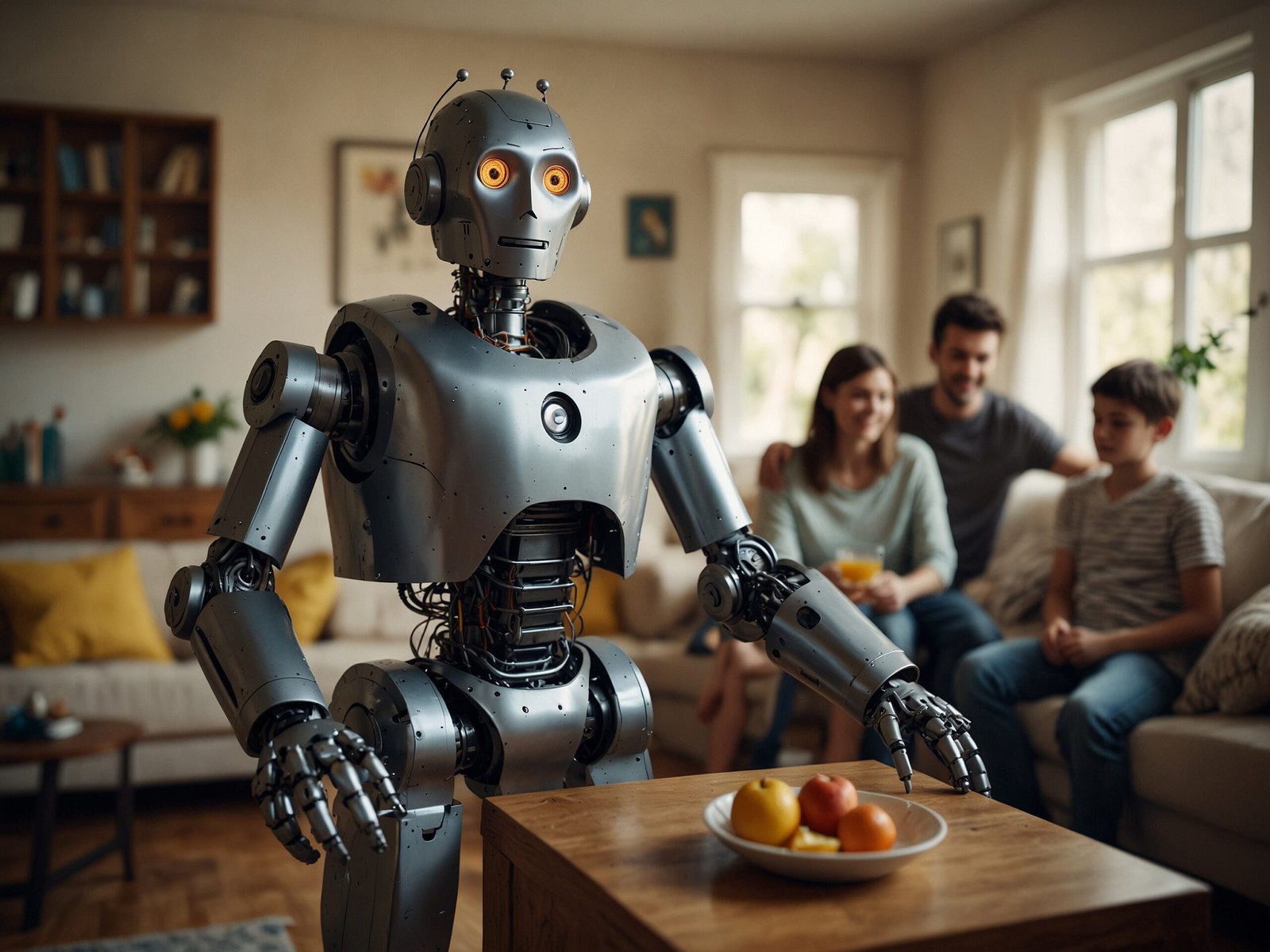
2. Disaster Response
Smelling robots could detect:
Gas leaks before explosions
Toxic chemicals in war zones
Trapped humans under rubble by the CO₂ or sweat they release
They could operate in dangerous or contaminated environments where human noses would fail.
3. Environmental Monitoring
Robots could monitor air quality and pollution at:
Factories
Landfills
Farms (to detect methane or ammonia)
And report back real-time, accurate chemical data.
4. Security & Anti-Terrorism
Traditional scanners can not always detect:
Explosives
Illegal drugs
Chemical weapons
But scent-trained robots could become super-sniffers in airports and border patrols far more reliable than sniffer dogs.
5. Space Exploration
On other planets, a robot that can smell could:
Detect alien gases
Smell for signs of biological activity
Evaluate air quality in a space station
NASA has already invested in “e-nose” tech for use aboard the International Space Station.
Did You Know?
The human nose can detect over 1 trillion different scents
Some animals, like dogs and moths, can detect certain chemicals at parts per trillion
New AI “e-noses” are already being trained to identify cancers, Covid-19, and even emotion-based pheromones
The Takeaway
Smell is one of the most ancient and complex senses, yet we are only now giving robots the ability to use it.
It is not just about making machines more human it is about amplifying their potential to keep us safe, healthy, and one step ahead.
A robot that can smell is not just science fiction anymore.
It is the nose of the future and it is already sniffing out the next big breakthrough.
